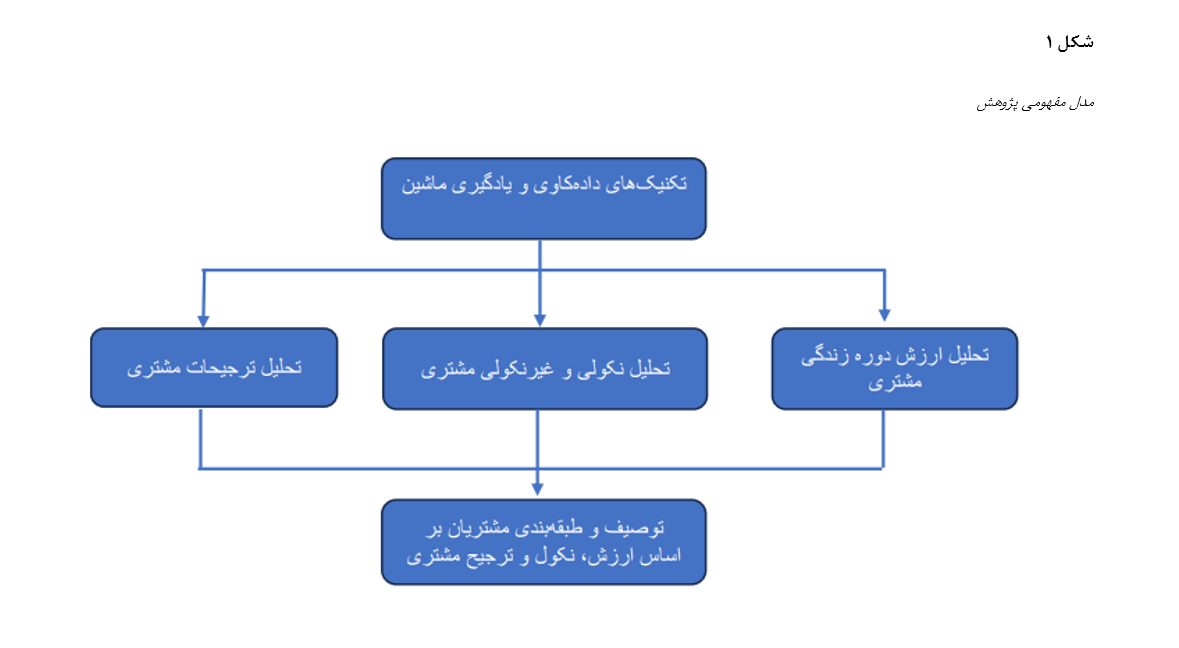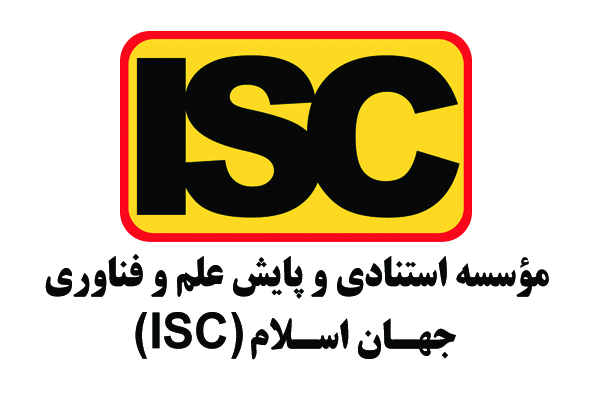Application of Machine Learning Methods in Analyzing Customer Preferences in Grocery Store Chains
Keywords:
Customer preferences, machine learning, Classification, ClusteringAbstract
The primary objective of this research is to discover valuable patterns in customer data from grocery store chains to identify customer preferences and detect valuable customer churn. Using data mining and machine learning methods, valuable customers were identified based on RFM variables. This was achieved through clustering methods. Subsequently, valuable customers were classified using classification methods. The preferences of high-value customers were then identified through an association rule approach. Additionally, clustering and classification methods were employed to find useful patterns for analyzing the behavior of churned and non-churned customers. Following a series of data preparation and preprocessing operations, the data for each customer, along with their transactions, was determined. The initial data was based on each customer's transactions. However, after data preparation and preprocessing, datasets were created, capturing information specific to each customer. Using data mining and machine learning methods, alongside the three approaches of association rules, classification, and clustering, models and useful behavioral patterns were trained and constructed from the customer dataset of grocery store chains. Ultimately, a set of patterns and rules was developed to identify customer preferences, recognize valuable customers, and detect churned customers.
Downloads
References
Arifin, R., & Purnama, D. A. (2023). Identifying Customer Preferences on Two Competitive Startupproducts: An Analysis of
Sentiment Expressions and Textmining From Twitter Data. Jurnal Infotel, 15(1), 66-74.
https://doi.org/10.20895/infotel.v15i1.906
Chen, H., Liu, H., Chu, X., Zhang, L., & Yan, B. (2020). A two-phased SEM-neural network approach for consumer preference
analysis. Advanced Engineering Informatics, 46, 101156. https://doi.org/10.1016/j.aei.2020.101156
Dullaghan, C., & Rozaki, E. (2017). Integration of Machine Learning Techniques to Evaluate Dynamic Customer Segmentation
Analysis for Mobile Customers. International Journal of Data Mining & Knowledge Management Process, 7(1), 13-24.
https://doi.org/10.5121/ijdkp.2017.7102
Jiang, H., Kwong, C. K., Okudan Kremer, G. E., & Park, W. Y. (2019). Dynamic modelling of customer preferences for product
design using DENFIS and opinion mining. Advanced Engineering Informatics, 42.
https://doi.org/10.1016/j.aei.2019.100969
Jing, N., Jiang, T., Du, J., & Sugumaran, V. (2017). Personalized recommendation based on customer preference mining and
sentiment assessment from a Chinese e-commerce website. Electronic Commerce Research, 18(1), 159-179.
https://doi.org/10.1007/s10660-017-9275-6
Kim, J., Ji, H., Oh, S., Hwang, S., Park, E., & del Pobil, A. P. (2021). A deep hybrid learning model for customer repurchase
behavior. Journal of Retailing and Consumer Services, 59, 102381.
Lalwani, P., Mishra, M. K., Chadha, J. S., & Sethi, P. (2021). Customer churn prediction system: a machine learning approach.
Computing, 104(2), 271-294. https://doi.org/10.1007/s00607-021-00908-y
Mishra, A., & Reddy, U. S. (2017). A comparative study of customer churn prediction in telecom industry using ensemble
based classifiers. https://doi.org/10.1109/ICICI.2017.8365230
Nelaturi, N., & Devi, G. (2019). A Product Recommendation Model Based on Recurrent Neural Network. Journal Européen
des Systèmes Automatisés, 52(5), 501-507. https://doi.org/10.18280/jesa.520509
Parre Amarnath, M. C. (2018). A Two-Layer Clustering Model for Mobile Customer Analysis. International Journal of
Scientific Engineering and Technology Research, 07(05), 927-930.
Ram, S. V., Kempf, K. G., & Wu, T. (2017). A Data Mining Approach to Modeling Customer Preference: A Case Study of
Intel Corporation ARIZONA STATE UNIVERSITY]. ASU Electronic Theses and Dissertations.
Selvakanmani, S., Nanda, P., K, D., A, K., & Afroz, S. (2020). Churn Prediction using Ensemble Learning: An Analytical
CRM Application. International Journal of Advanced Science and Technology, 29, 9192-9200.
Vafeiadis, T., Diamantaras, K. I., Sarigiannidis, G., & Chatzisavvas, K. C. (2015). A comparison of machine learning
techniques for customer churn prediction. Simulation Modelling Practice and Theory, 55, 1-9.
Verma, A. (2020). Consumer behaviour in retail: next logical purchase using deep neural network. arXiv preprint
arXiv:2010.06952.
Yan, Y., Huang, C., Wang, Q., & Hu, B. (2020). Data mining of customer choice behavior in internet of things within
relationship network. International Journal of Information Management, 50, 566-574.
Zandi, A. (2024). Gamification in Retail: Enhancing Grocery Customer Experience With Location-Based Strategies.
International Journal of Serious Games, 11(2), 43-63. https://doi.org/10.17083/ijsg.v11i2.721
Zhou, F., Ayoub, J., Xu, Q., & Jessie Yang, X. (2020). A machine learning approach to customer needs analysis for product
ecosystems. Journal of Mechanical Design, 142(1), 011101.
Zhuravlev, Y., Dokukin, A., Senko, O., Stefanovsky, D., & Saenko, I. (2020). On a Novel Machine Learning Based Approach
to Recommender Systems. Conference of Open Innovations Association, FRUCT,
Zidehsaraei, M. (2024). Do Pro-Environmental Factors Lead to Customers’ Purchase Intention of Home Energy Management
System? The Moderating Effects of Energy-Efficient Habits. Green and Low-Carbon Economy.

Downloads
Published
Submitted
Revised
Accepted
Issue
Section
License
Copyright (c) 2024 Journal of Technology in Entrepreneurship and Strategic Management (JTESM)

This work is licensed under a Creative Commons Attribution-NonCommercial 4.0 International License.










